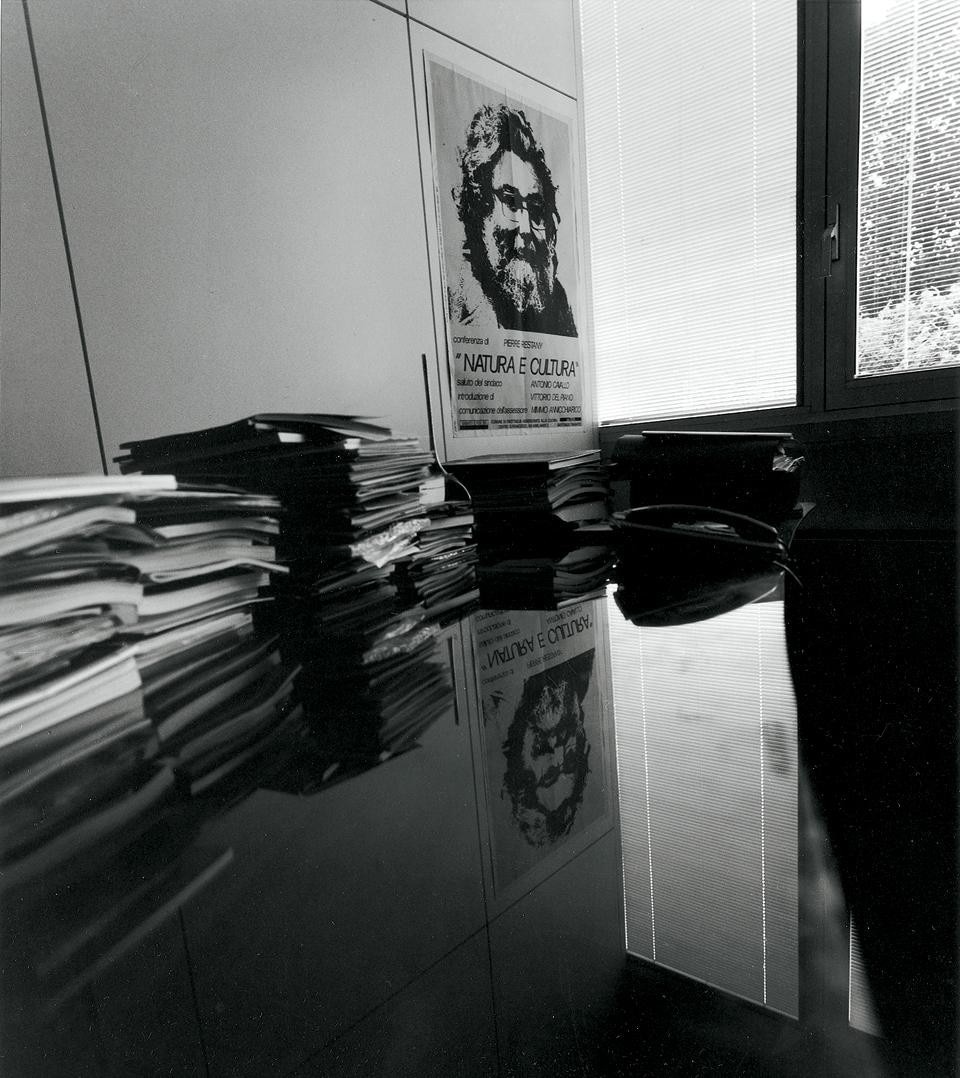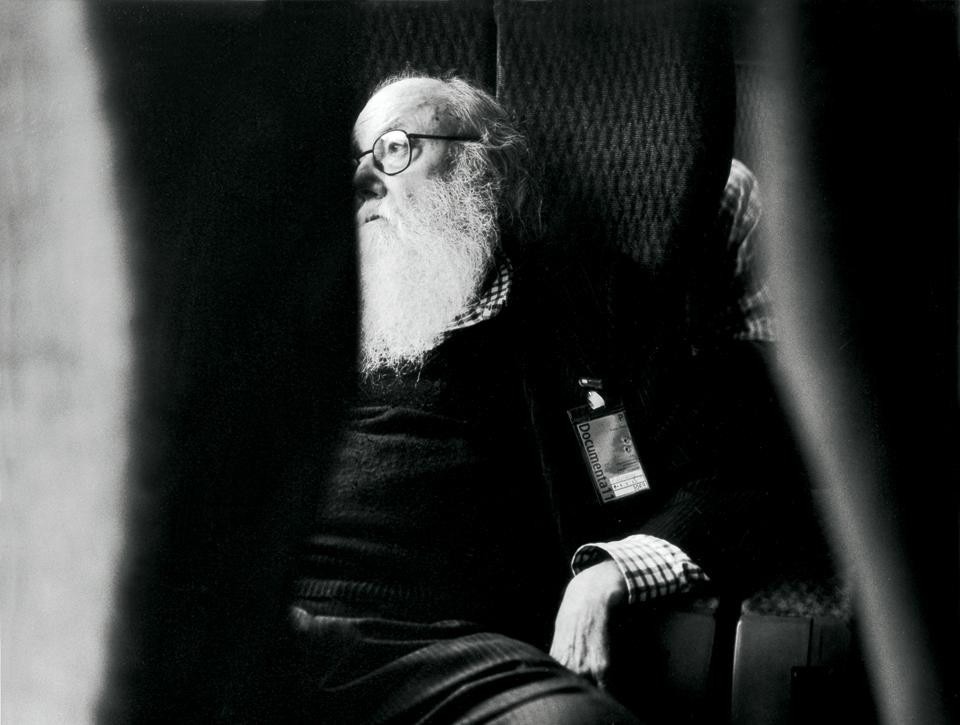by Pierre Restany
An exhibition at the Cartier Foundation this summer bears witness to a spiritual encounter between a group of contemporary artists and shamans of the Yanomami people of the Amazon, whose tribal territory stretches between the upper Orinoco and the upper Parana. The terms of this encounter are personally commented upon or explained by Claudia Andujar, Lothar Baumgarten, Vincent Beaurin, Raymond Depardon, Gary Hill, Tony Oursler, Naoki Takizawa, Adriana Varejão and Volkmar Ziegler, whose works consist mainly of photographic reports, videos and the establishment of a historical iconography, 'ensigns' and objective installations based on the habitat and behaviour of the Yanomami, their central village with its circular formation and their rudimentary hunters' implements. The watoriki, the Yanomami's collective roundhouse, creates a central arena, a clearing in the middle of the forest. The keynote of the exhibition is the spirit of that forest, as conveyed by the shamans to the artists who came to share their daily existence and record their remarkable way of life. Within the limits of their own languages, the white artists set down the image, mirror or object, the manifestations of a tribal life governed by a forest culture, a culture difficult to feel and approach by the mere reporting of anthropological situations. In doing so, one can only rely on the fleeting expression of a face or the emphasis of its tattooed cartography, on a constant reference to the movements of ritual gestures.
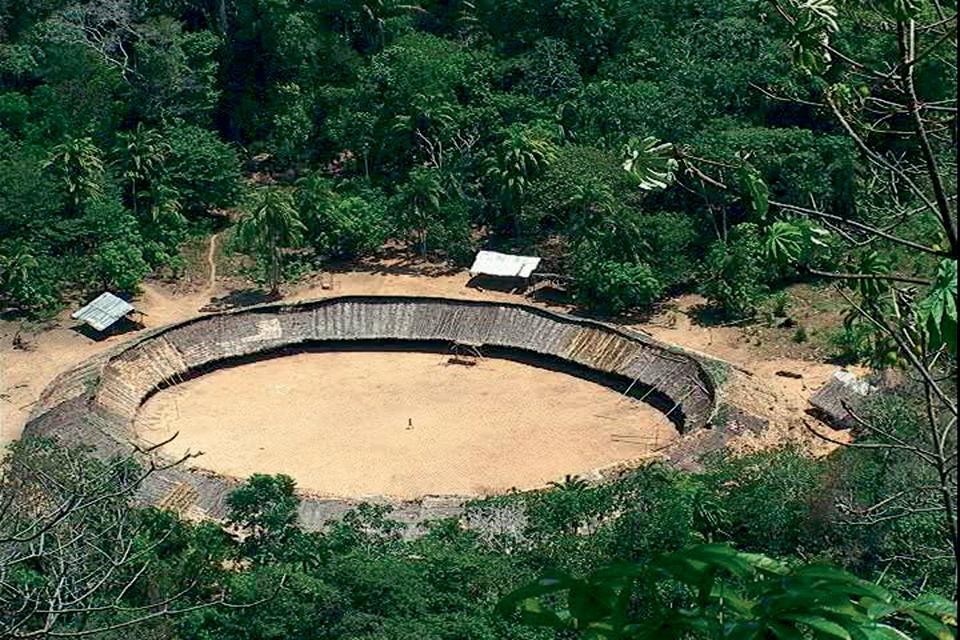
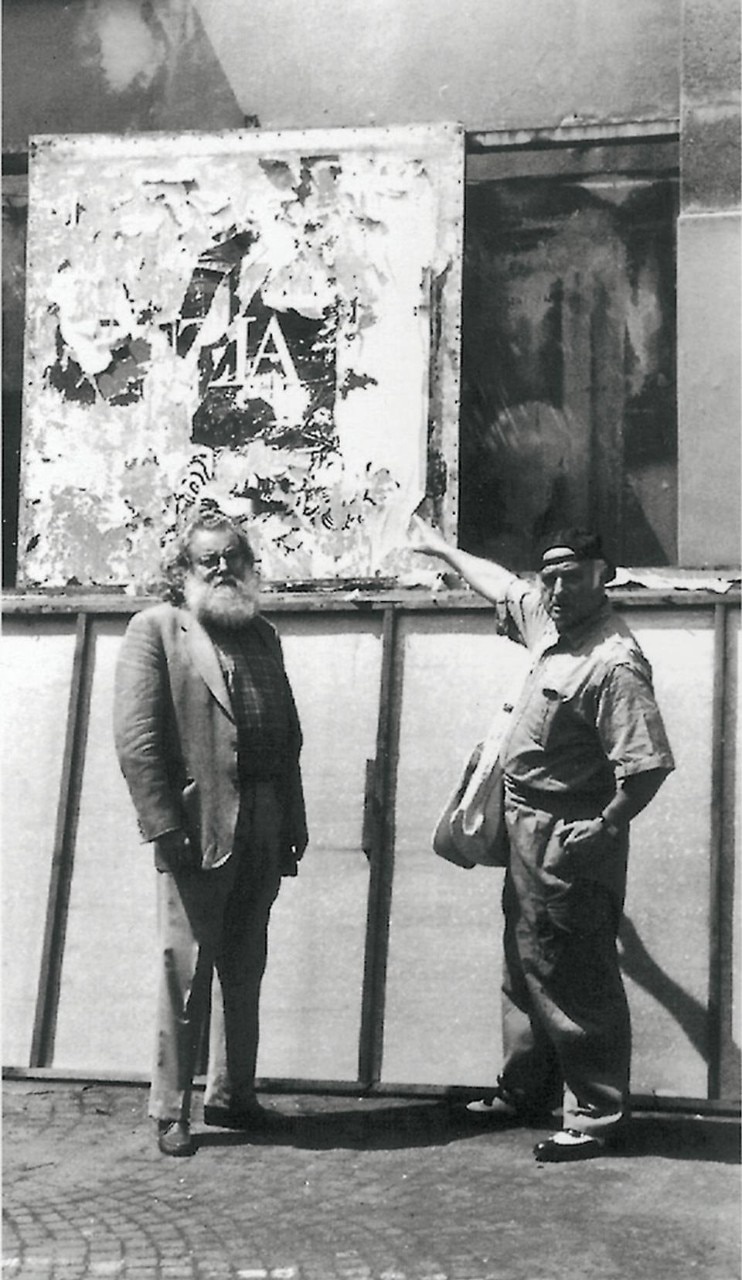
by Alessandro Mendini
Pierre Restany often told me: "Sandro, you're like a lizard on the ceiling. You look as if you're about to fall off, but up you stay". And I would retort: "Pierino, you're like a charmer-snake, but you keep your eyes closed and play that long white beard of yours". This was our favourite joke. And I, who have few friends, always told myself: Pierre is my only really close friend. But I wasn't possessive, I wasn't jealous. I knew in fact that as with me, he was the much-loved true and close friend of a great many other people, in every corner of the globe. And each particular friendship with him had its own habits, gags and familiar ceremonies. His intimate friends were innumerable, each with equal rights to tap his inexhaustible wealth of ideas. Precious to me, and precious to all the others – including the women! Listening recently to the affectionate chorus of emotive reactions to his death, I wondered if one feels more nostalgia for him as a person or as an art critic. Restany was actually both rolled into one. He was peculiar in that he lived the novel of his personal life as a critic in toto. He was the human performance of himself, acting out his drama of visual art, in the multiple role of actor, shaman, priest, protector, apostle, messenger and guardian. Pierre Restany should not therefore be placed on any fringe. His substance is that of a great, adventurous, precise and specialised, special art correspondent. He was a correspondent from the cosmic utopia of art in the harshness of our world; the affable, helpful, generous, exotic, enlightened and painstaking reporter. We all have our amusing and personal anecdotal memories of Pierre, each the perfect script for a film about a half-century of art. He and I, for example, had our habits. And he, who more than twenty years ago had put up my name as editor of Domus when we still did not know one another, was from then on my attentive adviser. For years, up till the end, I would meet him at the Hotel Manzoni, where he would be sitting in the foyer with his heterogeneous queue of artists requesting services. As if they were his own brothers and sisters, he never refused any of them his attention, respect or a written piece. When he had dealt with the queue he and I would go to the "Baretto" for a bite. Always the same table, the same waiter friends, deferential and protective, the same appetising and rich food for him, arid and homeopathic for me. Always plenty of gossip, chit-chat and the hypnotic sing-song of his intonation. And laughter till the tears ran down our cheeks. Topics included all the latest about women in general and of every description, followed by epochal diagnoses and political analysis, exhibitions, the stupidity and narcissism of art critics, lists of possible future editors of Domus, strategies. Then I would escort him back to the hotel and leave him there, elegant in his crumpled suit, waiting for him to press the lift button with his small, emaciated hand. In that repetitive moment I always knew that Pierre Restany, the romantic traveller through a life lived to the utmost, was the most solitary man in the world.
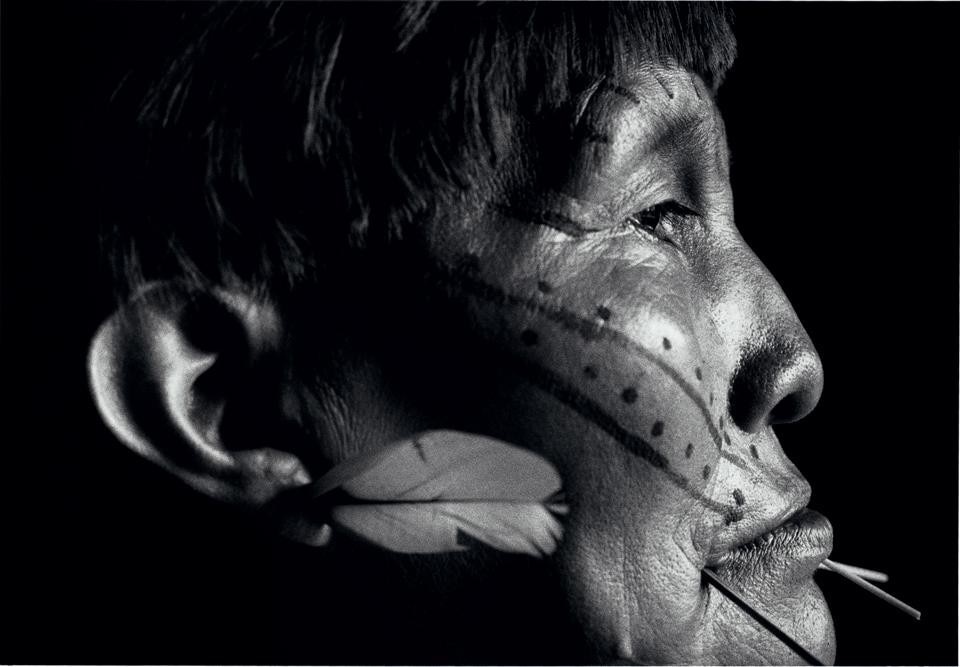
by Hans Hollein
At the opening of this year's Biennale in Venice one person whom you would expect to run into almost ritually was missing – Pierre Restany. He was such an integral part of the art and architecture scene whom I encountered during decades at those many global events – he enthusiastically telling you what you had to see and whom he had discovered – always on the way into the future. The importance of Restany was that of a sensitive instrument, a seismograph, sensing the importance of yet undiscovered utterances and statements and confronting them with those developments and dealing with them in his numerous articles and books as well as his participation in the ongoing debate. Having once discovered something or someone, newly encouraged that they were important he continued to be interested and supportive. The second half of the last century owes him important contributions to its definition. What to me was so important is his early encompassing – without limits – of all the arts. For him there was no border between architecture and the arts and he understood, and propagated, this trespassing activity – you today would call "cross-over" – and it helped to open up new territories. Decades ago – for instance – I suddenly find an article in Domus showing my architectural "spray" – a sign of his understanding the various attempts to broaden the idea of art and architecture (and its media) into the future. His scope was wide at the beginning of the fifties – Yves Klein, César and Hundertwasser and this gave encouragement that you could approach – and see the development of – the future from different angles and that there will be not a separation, but a symbiosis, of the arts. "Alles ist Architektur" I called it. We will miss him.
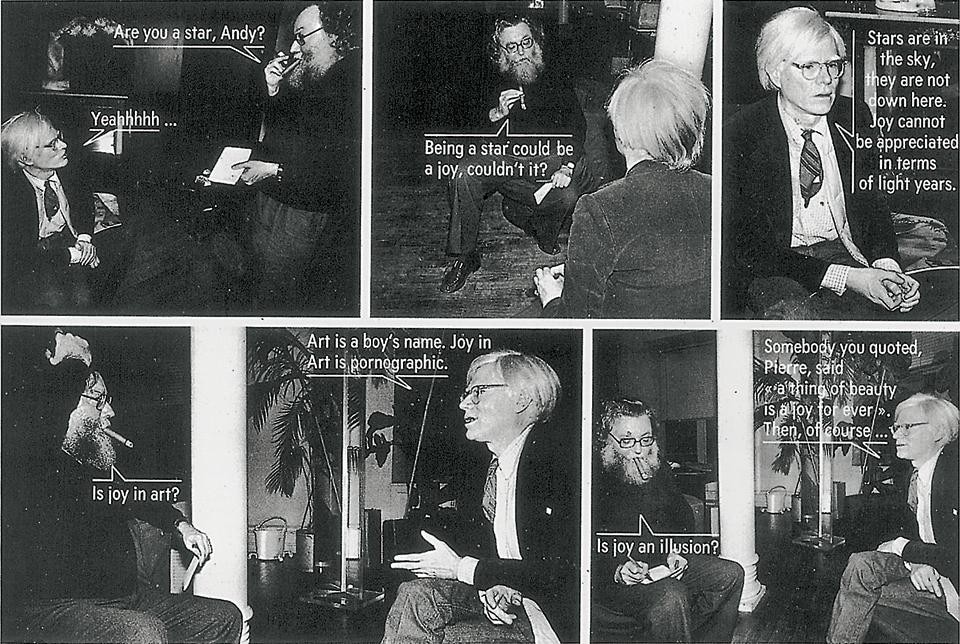
by Maria Grazia Mazzocchi
'What is your favourite work of art?', I asked Pierre Restany one day in June 1975. 'Duchamp's Origin of the World, naturally'. We were in Boston at the time, and the next day we left for Philadelphia because Pierre wanted to show me the work personally. He hadn't prepared me for the vision that would be revealed through the keyhole of Duchamp's door. After all these years I still vividly recall the emotion it stirred in me. But what struck me most was Pierre's own reaction: he was radiant and happy, looking at me and laughing with a joie de vivre that reminded me of both the children in him: the child prodigy and the enfant terrible. I first worked with the great Superpierre (as James Wines used to call him) in 1973, shortly after the death of Yves Klein. Despite his incredible vitality, Pierre carried with him to the end of his life a profound sorrow at the loss of his friend and the extraordinary experiences that he had shared with the great artist of New Realism. With Klein, Pierre had lived through a profound transformation of life and nature through art. For the rest of his life he continued his quest for that transformation through 'his' artists, his friends and his loves, but he never quite succeeded in regaining that state of grace experienced during his intense friendship with Klein. His life was thus marked by a deep nostalgia, but lived with astonishing energy. Nobody could keep up with Pierre on his travels around the world of art. At the Venice Biennale he couldn't take two steps without being waylaid by countless admirers or beleaguered by supplicants who would accost him with requests for advice, information, a good word here or there. Only on board a plane could he get a bit of peace. Pierre spent much of his life flying from one continent to another, taking his lucid criticism and inexhaustible enthusiasm to every corner of the planet. From the sky he was always sending me messages, which came to form a very special collection. From 1982, the year Domus Academy was founded, they always ended with the words 'Ad majorem Domus Academiae gloriam!' Pierre dearly loved Domus Academy, which had come into being partly as a result of his own inspiration after an exchange of ideas during a flight from Milan to New York. He was always the inspiration, too, behind his own finest initiatives, as to his final project, which we drew up together last Christmas: seminars with artists from different fields of art and parts of the world. We shall be inviting them to experiment with the possibilities of collaboration. The 'global message' of the power to transform an artistic event was Pierre's authentic mission in life, and he remained indefatigably and enthusiastically faithful to it until the very end.
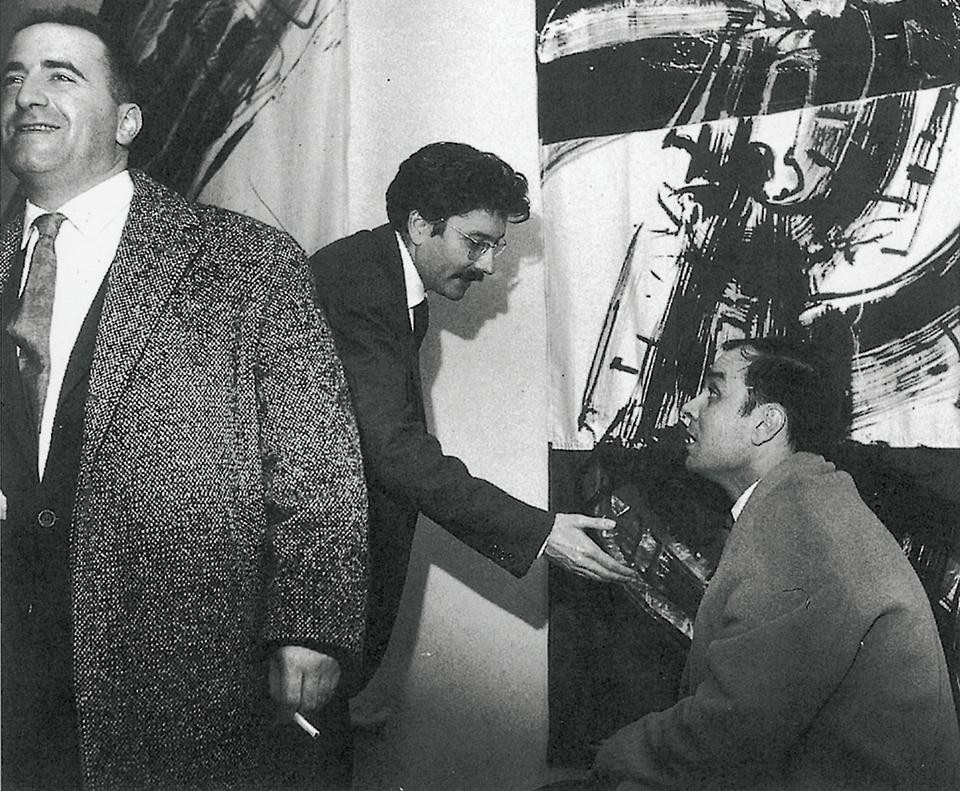
by Nicolas Borriaud
The legend of the man – Warhol already referred to him as a "myth"– might perhaps eclipse the richness of his work and the timeless impact of his concepts. But let's not forget that while people were still concerned about the issue of abstract and figurative, Restany was busy forging the conceptual tools that are still used in our approach to contemporary art. Restany developed what might be described as the first thinking in the history of art in terms of usage. His Nouveau Réalisme was Dadaism treated as a tool (Nouveau Réalisme, "40° above Dada"); it was the basis of a language, no longer a vain fetish to be stored in museums. Restany taught us that art was first and foremost a "hygiene of vision"; not a collection of more or less successful objects, but an optical apparatus through which to look at the world around us. Restany lived and worked in Paris, Milan and the rest of the world. The only corridors he ever frequented looked more like passenger loading bridges than those of power. And it was because the world's most acclaimed French art critic, incredible as it may seem, had never attained to any public responsibility, that Jerome Sans and I were so proud when, in 1999, he accepted the post of president of the Palais de Tokyo association. A life so rich, studded with extraordinary intuitions, fired by theoretical combat and a rare eloquence, earned him many enemies; his international celebrity still more. His aptitudes and easy manner, his Cuban cigars and his air of living art as life, his absolute independence and his contempt for bureaucracy, the scathing ferocity of his bons mots were repaid. Right up to the end, he received tribute through attack; and recently, certain condescending critics, without much sense of the ridiculous, violently booed his interpretations of Yves Klein. And suggested that Restany had had his day. They, however, will soon come to realise that the intellectual legacy of the inventor of new realism goes far deeper than they would have us believe. Indeed art in this century will owe even more to Restany than the last.
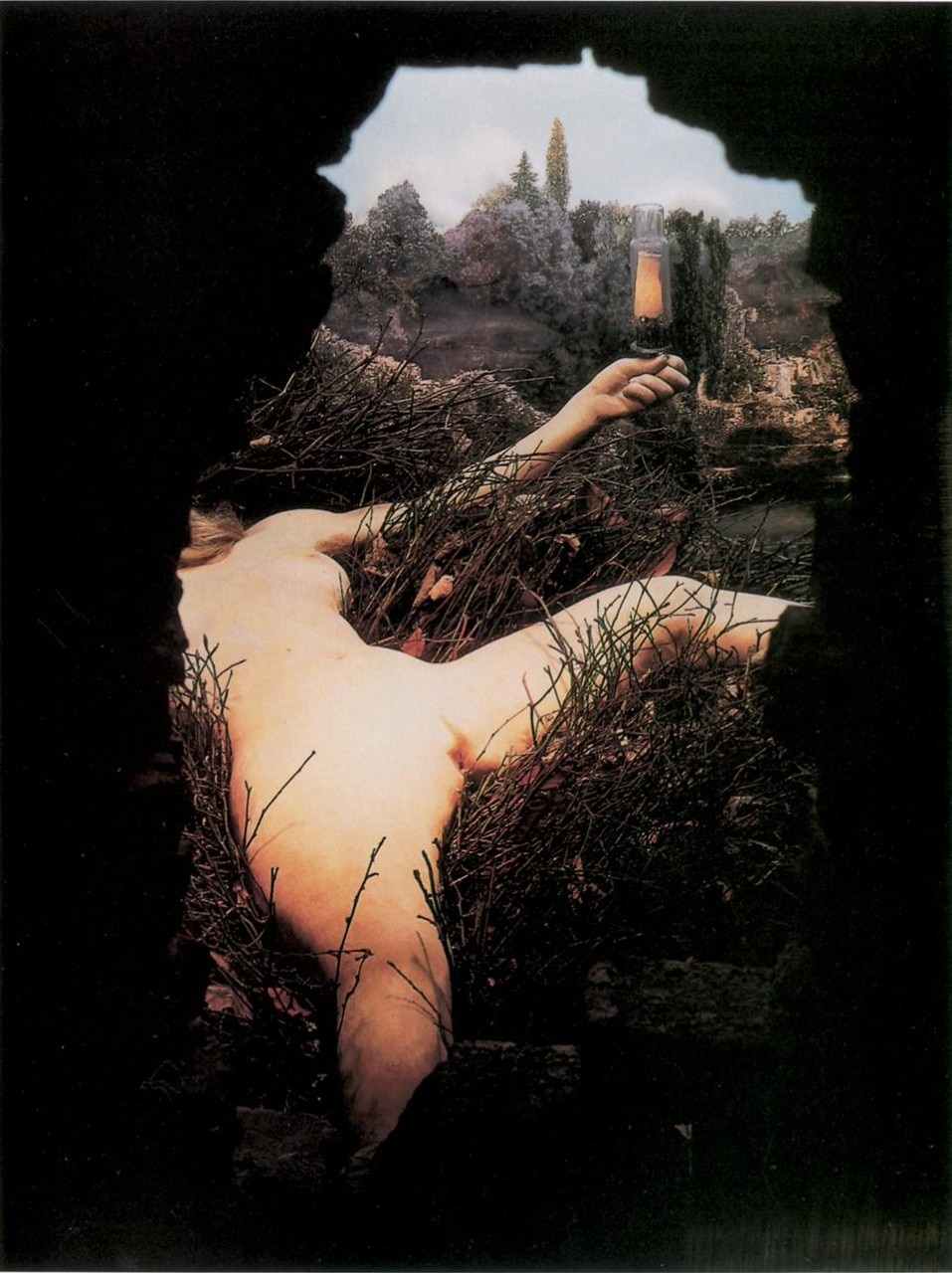
by Stefano Casciani
I met Restany in 1979 at the home of our friends Lea Vergine and Enzo Mari, having just arrived in Milan to start my apprenticeship in the art world by collaborating on a major exhibition curated by Lea Vergine: The Other Half of the Avant-garde. Gently prodded, Pierre continued to pull out of his notebook and from his memory the names, recollections, addresses and telephone numbers of people, still retraceable, who might be useful in reconstructing the vicissitudes of the 20th-century avant-gardes through the work of women artists. He already had the air of a sage, and nothing was revealed of his vigorous existential background. I was to meet him again very soon afterwards at Domus. In him were serenely combined, though without ever eclipsing a profoundly human nature, the inflammatory organiser of the Nouveau Réalisme festival in Milan (with the backing of the then mayor Aniasi), the veteran of wars lost and won in defence of European originality against pop conformity, and the easy-going main character in the comic strips produced for Mendini and Maria Grazia Mazzocchi. With his weaknesses and his accomplishments, his laughter and his fits of wrath, as a man and as a critic he wrote pages crucial to our understanding not only of art, but also of the men and women who create it or simply love it. One's most poignant memory is not of the last farewell to him in the church of Saint Germain du Prè, but another, more tender and uniquely touching picture of Pierre: in a passage from the performance 70 Angels on the Façade, directed by Bob Wilson for Domus's 70th anniversary, Restany stood on a raised, improbable raft, laden with objects representing the story of Italian design. As the raft was slowly dragged off stage by a trolley, Restany waved from it to the audience, who applauded him, Italian design and Domus. The entertainment society? Perhaps, but with an outstanding intellectual in the leading role.
